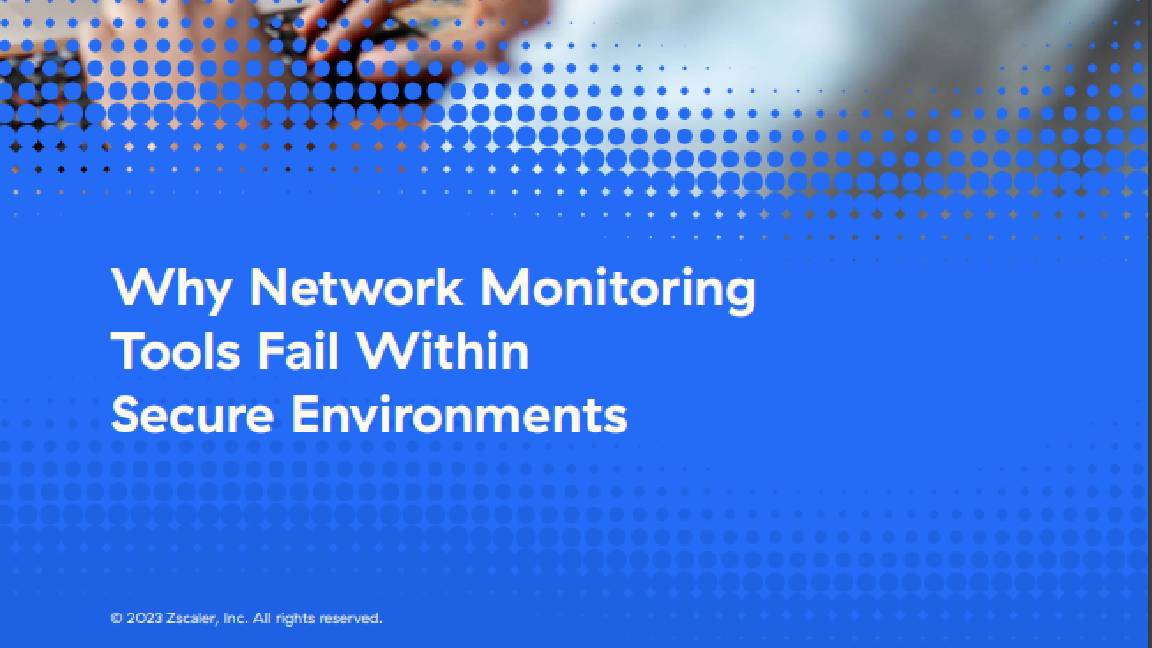Bad bots: The security challenge catching the channel’s attention
High profile attacks in recent months present an opportunity for the channel to support clients and bolster security


Earlier this year, 23andMe fell victim to a credential stuffing attack, with attackers obtaining and leaking millions of users’ personal and genetic data. This sinister attack is just one of the latest examples of malicious actors utilizing bots to conduct criminal activity.
In fact, Check Point revealed that cyber attacks rose by 38% last year. This uptick is only going to increase thanks to generative AI, which has made the deployment of bad bots even more accessible, as criminals needn’t write a single line of code in order to conduct an attack.
And when you consider the growing sophistication of automated threats, and the inability of traditional, static methods to combat them, this spells disaster for any online business.

Teague Dufresne is the Channel Sales Director at DataDome. With over 15 years of experience working in the channel, Teague has worked across a range of start-ups, distributors and established vendors, building partner programs from the ground up and expanding existing programs to new heights with Tier 1 solution providers.
Indeed, digital businesses are faced with increasingly sophisticated threats more than ever before, and channel partners – as their technology advisors – must become experts at understanding not only the threats, but effective tools in this new domain.
Scraping - the gateway threat
We all remember the infamous Taylor Swift Era’s tour ticket fiasco last year; scalper bots infiltrated Ticketmaster during the presale for the US leg, and bought the majority of the sought-after tickets before placing them on third-party resale sites for an inflated price. Mayhem ensued, ultimately leading to Congressional hearings on the matter.

While Taylor Swift’s megabrand propelled this story into the spotlight, scalping – and the attack methods that precede it – is a popular type of threat facing any business, especially those with an e-commerce arm. Peeling back the onion a bit more, the threat research team at DataDome has observed an alarming trend across multiple industries, whereby scraping is used as a gateway threat that leads to more sinister attacks - like scalping.
To complicate matters, now that LLMs like ChatGPT have exploded in popularity, scraping is perhaps more pervasive – and dangerous – than ever. For example, if LLM scraping involves extracting sensitive or personally identifiable information without proper consent, this can lead to data privacy violations, which may result in legal consequences, reputational damage, and loss of trust in a brand.
Stay up to date with the latest Channel industry news and analysis with our twice-weekly newsletter
Staying on top of threat trends is the first step towards educating and protecting your customers. The next is advising on what tools and techniques will best protect them. For example, enlisting anti-scraping techniques, such as fingerprinting and behavioral analysis, can help identify scalper bots, and the appropriate blocking techniques can then be deployed accordingly.
Credential Stuffing
Credential stuffing is a type of cyber attack where hackers attempt to access user accounts using stolen or leaked username and password pairs. Because hundreds of millions of accounts worldwide are exposed every year, and because people tend to reuse passwords across websites, attackers often succeed in gaining access to user accounts with a credential stuffing attack.
RELATED RESOURCE

Where network monitoring tools fail based on end user connectivity
Traditional security solutions no longer cut it when it comes to identifying and stopping these types of attacks, as they tend to rely heavily on IP reputation. But the fact is, both bots and humans now use the same browsers and IP addresses, which means efficient credential stuffing protection requires advanced bot detection capabilities.
A good bot and online fraud detection solution will be able to quickly identify visitor behavior that shows signs of credential stuffing attempts. To correctly identify fraudulent traffic and block credential cracking and stuffing attacks, the bot detection solution must analyze both technical and behavioral data.
Account Takeover Fraud
The main motivation behind account takeover fraud is, unsurprisingly, financial gain. For example, a cyber criminal who gains access to a user account on an e-commerce website can use that account to make unauthorized purchases or transfer funds.

Good news for attackers, but bad news for businesses; this will eventually lead to a chargeback for a business and can result in significant financial losses when it happens at scale. Other cyber criminals are after sensitive data, personal identifiable information (PII), or login credentials to sell on the dark web.
This type of fraud happens in a wide range of industries, though is generally more common in industries with a large volume of user or customer accounts — such as gaming, retail, and telecommunications.
But anyone can be targeted, which is what makes this fraud particularly dangerous…and why channel partners must advise their customers on how to protect themselves. After all, it only takes one large, successful attack for a business to lose customers’ trust.
The right monitoring and threat intelligence tool will analyze user activity data to detect unusual patterns, helping businesses to seriously reduce the risk of a corporate account takeover. Often with the use of sophisticated machine learning and AI, the best tool will immediately flag suspicious activity and identify account takeover fraud – before a cyber criminal can even break into an account.
Robust bot protection mitigates threats
The tools previously used to handle bot mitigation, such as WAFs, are no longer a match for the sophisticated bots harnessed by cyber criminals today, especially with bot programmers quick to adopt new technologies like AI to enhance and scale their attacks. Having the right protection in place is critical. There’s simply too much at risk, otherwise.

As intermediaries between technology vendors and end-users, channel partners play a pivotal role in helping their customers navigate today’s complex cyber security landscape and safeguard against evolving threats.
Whether that’s securing a commerce payment flow or protecting cloud-hosted content, channel partners help empower their customers to battle the bot-driven pain points that impact IT, security, and fraud teams across many use cases.
But the relationship between channel partners and customers extends beyond mere defense; it is a strategic alliance that yields substantial benefits.
Organizations aligned with partners promoting cutting-edge solutions available on major marketplaces not only fortify their security posture but also reap rewards such as enhanced conversion rates, expedited sales cycles, and increased contract value.
This collaborative approach creates a formidable defense against cyber threats, ensuring a win-win scenario for all stakeholders – except fraudsters.

Teague Dufresne is the Channel Sales Director at DataDome. With over 15 years of experience working in the channel, Teague has worked across a range of start-ups, distributors and established vendors, building partner programs from the ground up and expanding existing programs to new heights with Tier 1 solution providers. Since joining DataDome in February 2023, Teague has transformed the company's Channel Partner program, accelerating the delivery of best-in-class bot and online fraud protection to organizations globally.
-
 The changing role of the MSP: What does this mean for security?
The changing role of the MSP: What does this mean for security?Industry Insights Smaller businesses are more reliant on MSP support, but this also puts providers under increased scrutiny...
-
 When everything connects, everything’s at risk
When everything connects, everything’s at riskIndustry Insights Growing IoT complexity demands dynamic, automated security for visibility, compliance, and resilience
-
 How to MFA everywhere
How to MFA everywhereIndustry Insights Identity online is not who you are; it is what the system accepts as proof of you, and that gap is exactly what the attackers take advantage of
-
 How automation is quietly redefining what “good” looks like in endpoint management
How automation is quietly redefining what “good” looks like in endpoint managementIndustry Insights
-
 Tapping into the ’touch grass’ movement in cybersecurity
Tapping into the ’touch grass’ movement in cybersecurityIndustry Insights With cybersecurity experiencing a ’touch grass’ moment, what role should resellers play?
-
 The hidden cost of MFT vulnerabilities
The hidden cost of MFT vulnerabilitiesIndustry Insights The channel can solve the fundamental fragility in how organizations handle their most sensitive data transfers
-
 How the channel weakened ransomware’s grip
How the channel weakened ransomware’s gripIndustry Insights What tools and techniques are empowering businesses to say no to ransomware demands?
-
 The deepfake threat to mobile app authentication: What CISOs need to know
The deepfake threat to mobile app authentication: What CISOs need to knowIndustry Insights Deepfakes threaten mobile facial authentication, demanding urgent action from CISOs

